Zenyatta Mondatta by The Police
Buy Zenyatta Mondatta Zenyatta Mondatta was the hinge album which fell right in the middle of The Police‘s short career as an active band. True to form, this third studio release by the […]
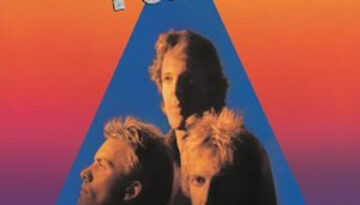
Buy Zenyatta Mondatta Zenyatta Mondatta was the hinge album which fell right in the middle of The Police‘s short career as an active band. True to form, this third studio release by the […]
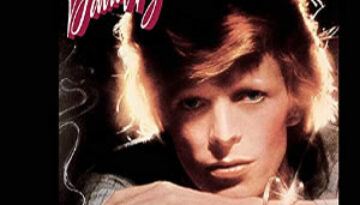
Buy Young Amricans For his ninth studio album, David Bowie decided to move in a radically new direction with the soul and R&B infused 1975 album Young Americans. On this record, which was […]

Buy Year of the Cat It took Al Stewart more than a decade of grind and seven studio albums before it finally achieve a measure of mainstream success with the release of Year […]
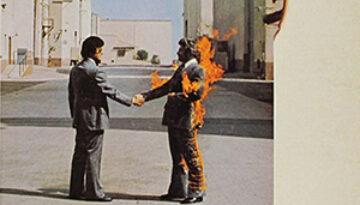
Buy Wish You Were Here During the writing and production of Wish You Were Here, the members of Pink Floyd were grasping with the their new found stardom and the pressure to deliver […]
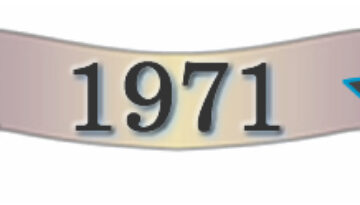
Buy Who’s Next Perhaps THE most complete rock album in history, Who’s Next has just about everything a classic rock fan can want in an album. It has plenty of three-chord power riffs, […]
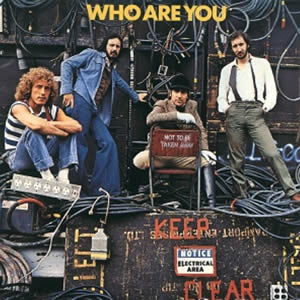
Buy Who Are You The Who‘s eighth overall and final studio album with drummer Keith Moon, 1978’s Who Are You marks a notable transition for the rock quartet. Here, the music is built […]
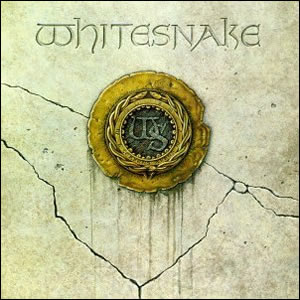
Buy Whitesnake Whitesnake‘s eponymous 1987 album bears the dual distinction of being the moment where a rock band finally reaches its full commercial promise and assures its own rapid demise. Both of these achievements […]
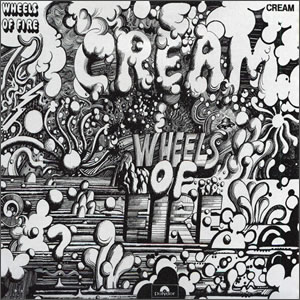
Buy Wheels of Fire The short-lived power trio Cream reached their apex with Wheels of Fire in 1968. This double album consists of one studio LP and one live LP, and it became […]
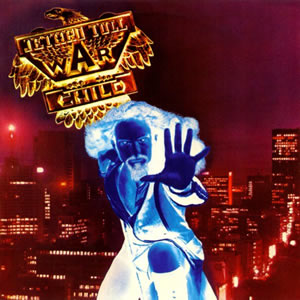
Buy War Child Jethro Tull made a sharp turn back towards a more traditionally structured album with War Child in 1974. Following two consecutive concept albums that each consisted of single, album-length suites, […]
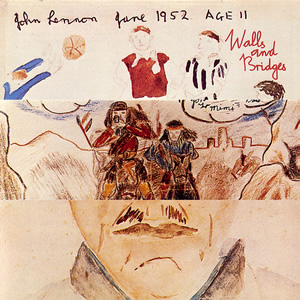
Buy Walls and Bridges Walls and Bridges seems to be one album that often gets lost in the John Lennon collection. It is not as dramatic as Plastic Ono Band, nor is it […]